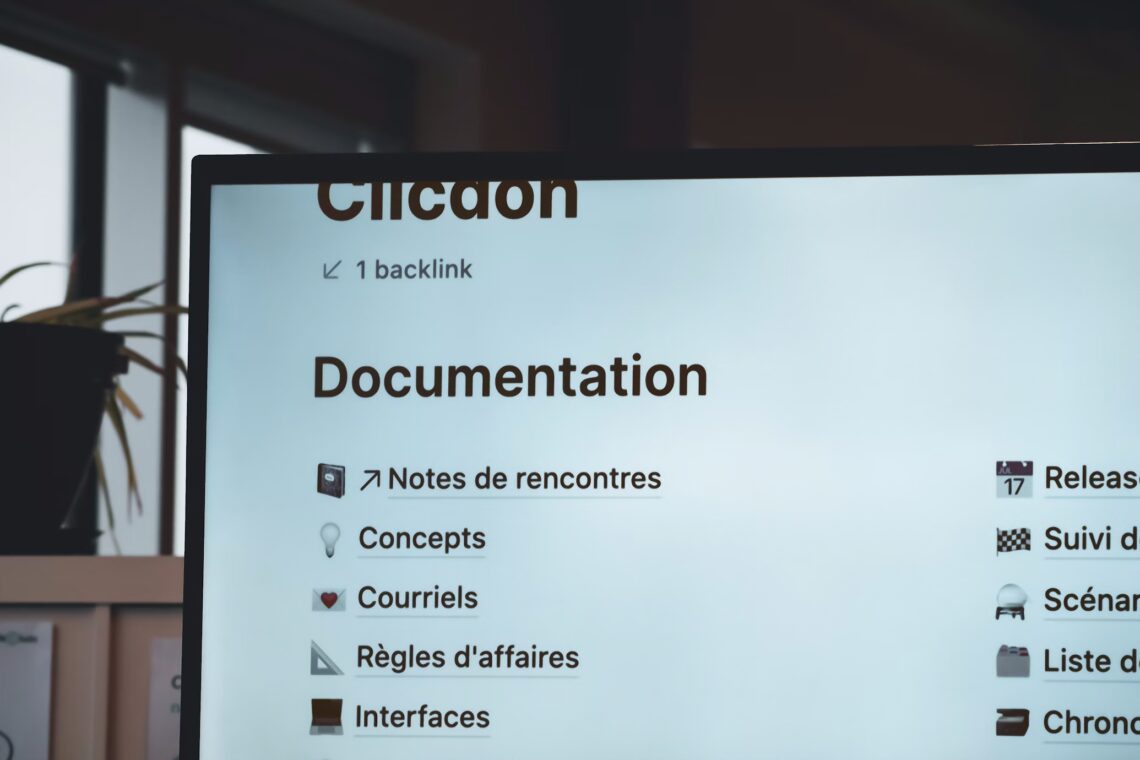Every scalable voice AI implementation begins not with code, but with documentation. It’s the unsung layer that decides whether your product evolves smoothly — or collapses under complexity.
As teams grow and features expand, poor documentation becomes the silent killer of velocity. APIs go misunderstood. Voice logic gets re-engineered from scratch. And institutional knowledge, once trapped in engineers’ heads, never makes it to onboarding.
In 2025, where voice AI platforms are increasingly modular and multi-agent in nature, technical documentation is not a formality — it’s an engineering system in itself.
Let’s unpack how to document your voice AI system so that your architecture stays transparent, maintainable, and ready to scale across teams and geographies.
Why Documentation Defines Long-Term Scalability
Here’s a reality many teams learn too late: scaling voice AI systems without documentation is like trying to debug someone else’s dream.
Modern voice AI platforms operate across multiple layers — speech recognition, natural language understanding, orchestration logic, and integrations with CRMs or APIs.
Each layer changes frequently, driven by new intents, retraining cycles, and product updates.
Without structured documentation, here’s what typically happens:
- Feature dependencies go unnoticed until deployment failures occur.
- New developers waste hours rediscovering integration logic.
- Knowledge silos slow down model retraining and intent expansion.
A well-maintained technical documentation voice repository solves this by transforming tribal knowledge into shared intelligence.
The Three Pillars of Effective Voice AI Documentation
1. Architecture and Infrastructure Documentation
This is your single source of truth. Every voice AI system should include:
- High-level architecture diagrams (showing data flow, model APIs, and inference layers).
- Infrastructure setup for cloud and on-prem configurations.
- Environment specifications (e.g., ASR model type, GPU utilization, edge node parameters).
Pro Tip: Use visual documentation tools that sync with code repositories (like PlantUML or Mermaid within GitHub). This ensures diagrams evolve as your infrastructure does.
In practice, this makes onboarding faster and allows architects to diagnose bottlenecks — say, high latency in voice pipelines — without wading through code.
2. Conversational Design and Flow Documentation
Voice AI is part technology, part theatre. The tone, logic, and flow design are as critical as model accuracy.
Every conversation flow should be documented with:
- Intent trees and fallback hierarchies
- Response logic and escalation rules
- Variations in tone or persona by context
- Voice prompts, SSML configurations, and audio sample references
In multilingual or omnichannel setups, this documentation ensures conversational consistency — especially when deploying across multi-language voice systems or WhatsApp automation flows.
“We realized the biggest value wasn’t just in code reuse, but in conversation reuse — documentation made that possible.”
— Amira Deshmukh, Voice AI Lead, Global Retail Chain
3. Integration and API Reference Documentation
For developers, integration docs are the difference between friction and flow.
Every API-first voice AI platform should maintain:
- REST endpoints with examples for calls, intents, and analytics retrieval
- Authentication, rate limits, and webhook configuration details
- Version history and deprecation notices
Embedding clear API schemas reduces dependency on verbal handovers. Engineers can test and deploy new connectors — for CRMs like Salesforce, help desks like HubSpot, or custom data systems — without bottlenecking central teams.
When you build your documentation to the standard of a developer guide for voice AI, you effectively future-proof your ecosystem.
Building the Knowledge Base: Living Documentation
A voice AI knowledge base shouldn’t be static — it should evolve dynamically with your deployment lifecycle.
The most effective teams treat documentation as a living product with three layers:
- Foundational Docs: System architecture, setup instructions, and configurations.
- Operational Docs: Deployment checklists, troubleshooting logs, and maintenance steps.
- Knowledge Sharing: FAQs, experiment results, and performance improvement notes.
By centralizing all three, you build a shared context that reduces dependencies on individual experts.
Consider using collaborative documentation environments like Confluence, Notion, or GitBook — integrated with CI/CD so updates happen automatically during commits.
Linking Documentation to Reliability and Maintenance
Think of documentation as preventive maintenance for software. When every voice model retrain, pipeline upgrade, or latency optimization is documented, debugging shifts from reactive firefighting to proactive governance.
Teams managing voice AI maintenance find that robust docs directly correlate with higher system uptime and lower support overhead.
In fact, internal benchmarks across enterprise AI teams show that detailed maintenance documentation cuts incident resolution time by 35–40% on average.
That’s not just good engineering — it’s operational ROI.
Common Documentation Gaps in Voice AI Projects
Even technically mature organizations fall short in one or more of these areas:
- Undocumented Conversational Logic: Designers and engineers often work in silos, leading to mismatched experiences.
- Missing Model Metadata: Versioning and retraining data are rarely recorded systematically.
- Poorly Managed Change Logs: Teams fail to track what changed between releases, increasing regression risk.
- No Audit Trail: In regulated industries like healthcare or finance, lack of traceable model lineage can halt deployments.
Filling these gaps doesn’t require more people — just discipline and workflow design.
Governance and Version Control
When your voice AI operations management includes governance, every doc update becomes traceable.
Implement Git-based version control for all technical documentation — especially configuration scripts, model parameters, and response templates.
This creates a transparent audit trail that satisfies compliance teams and accelerates rollback when needed.
For example, healthcare deployments leveraging privacy-first voice AI often combine GitOps for docs with automated compliance checklists — ensuring both traceability and accountability.
Documentation Standards and Templates
You don’t need a complex framework — just a consistent one.
Here’s what a voice AI documentation standard might include:
- Header Section: Purpose, author, version, last updated
- Scope: Modules or features covered
- Dependencies: Linked components or APIs
- Implementation Notes: Key steps, common pitfalls
- Verification: How success or output is validated
- Change Log: Record of updates
Keeping this template uniform helps when scaling across multiple voice solutions, such as integrations with WhatsApp, web chat, or enterprise contact centers.
The Business Value of Documentation
Technical excellence isn’t just about uptime — it’s about predictability.
For enterprise teams managing multimodal or multilingual voice AI, predictability translates to measurable ROI.
Strong documentation reduces:
- Time to onboard new engineers by up to 50%
- Deployment delays caused by unclear dependencies
- Rework from misunderstood API logic
The business impact is significant: faster iterations, lower maintenance costs, and smoother cross-functional collaboration.
In short, documentation isn’t overhead — it’s an asset that compounds.
The Bottom Line
Your voice AI documentation practices are the scaffolding that hold every technical and operational process in place.
When done right, they create transparency, accelerate learning, and enable long-term innovation.
If you’re scaling voice infrastructure or managing distributed teams, align your documentation standards with best-in-class references from TringTring.ai and explore how structured processes, integrations, and reliability frameworks can make your platform sustainable for the long run.






